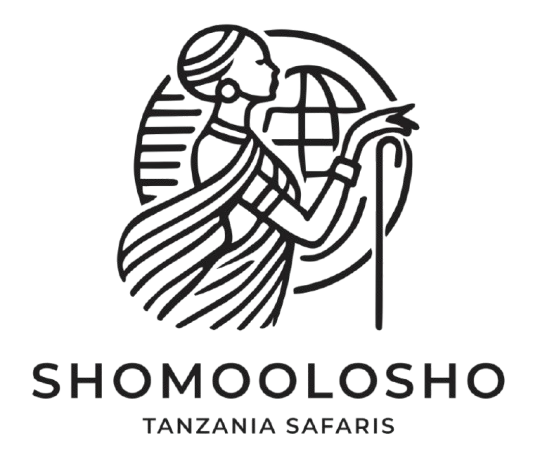The Iconic Free-Standing Mountain
Standing at 5,895 meters (19,341 feet), Mount Kilimanjaro is the tallest mountain in Africa and the world’s highest free-standing peak. This legendary volcano is made up of three cones—Kibo, Mawenzi, and Shira—with Uhuru Peak on Kibo being the ultimate goal for climbers. Despite its imposing height, Kilimanjaro requires no technical climbing skills, making it a bucket-list adventure for trekkers worldwide.
The Climbing Experience: Routes and Landscapes
Kilimanjaro’s ascent takes climbers through five distinct climate zones, from lush rainforests teeming with colobus monkeys to alpine deserts and, finally, the icy glaciers at the summit. The most popular climbing routes include:
- Marangu Route (Coca-Cola Route): The only route with hut accommodations, offering a moderate but challenging climb.
- Machame Route (Whiskey Route): A scenic and more challenging route with better acclimatization.
- Lemosho Route: A longer, more gradual ascent with stunning scenery and high success rates.
- Rongai Route: The only route approaching from the north, offering a quieter, drier climb.
Most trekkers take 5 to 9 days to complete the ascent, with longer treks allowing better acclimatization and increasing the chances of summit success.
Best Time to Climb Kilimanjaro
The best months to climb are the dry seasons (January–March and June–October), when conditions are more stable, and visibility is excellent. The rainy seasons (April–May and November–December) can make the trails slippery and the ascent more challenging, though fewer climbers mean a more secluded experience.

